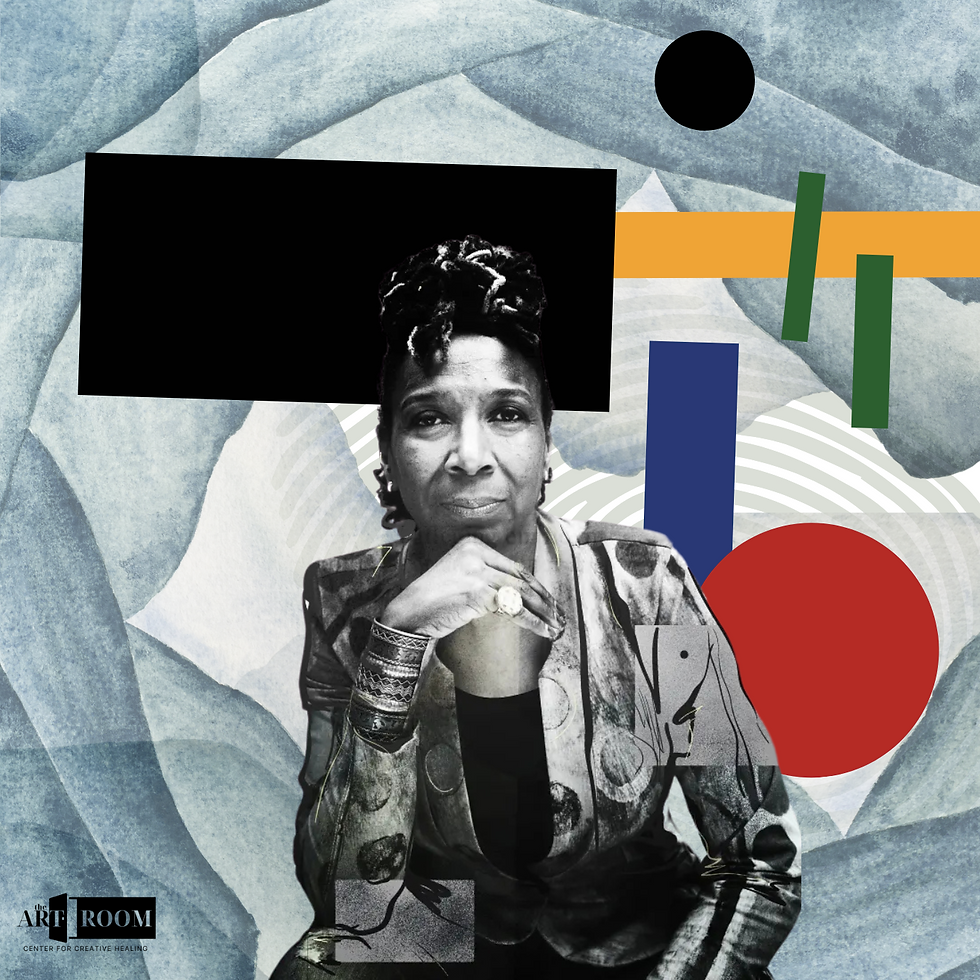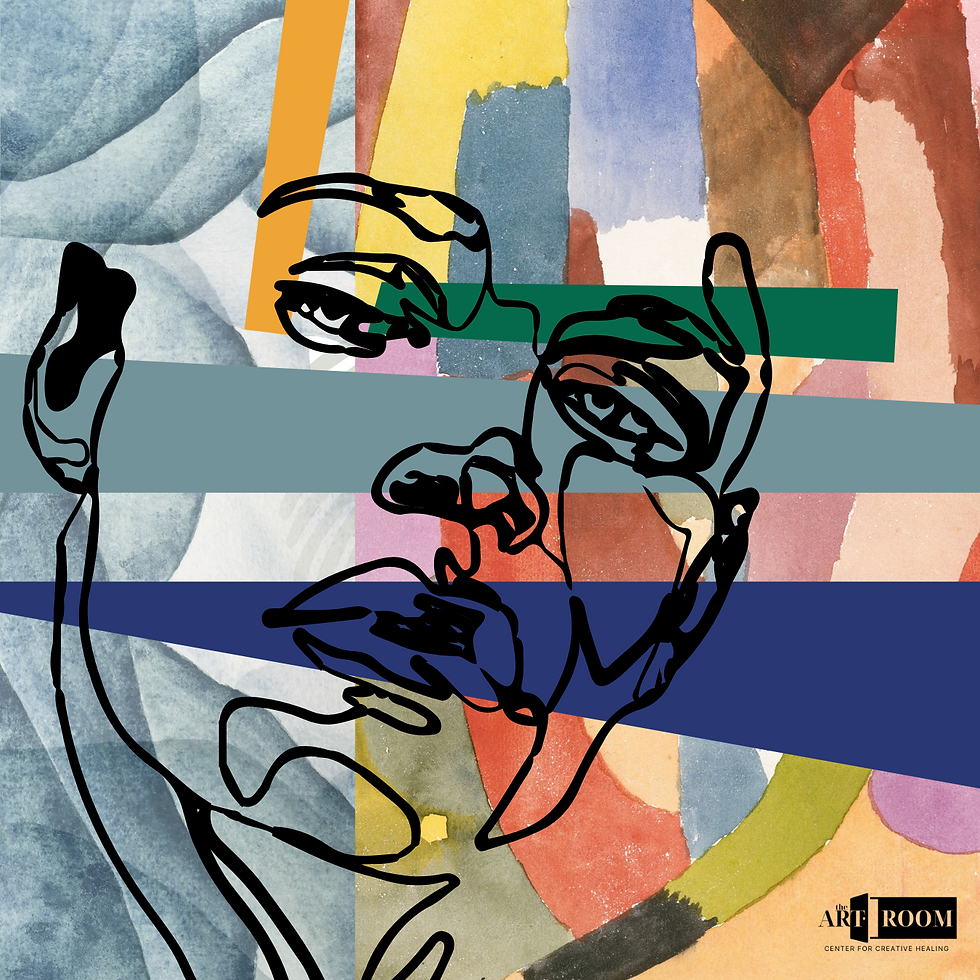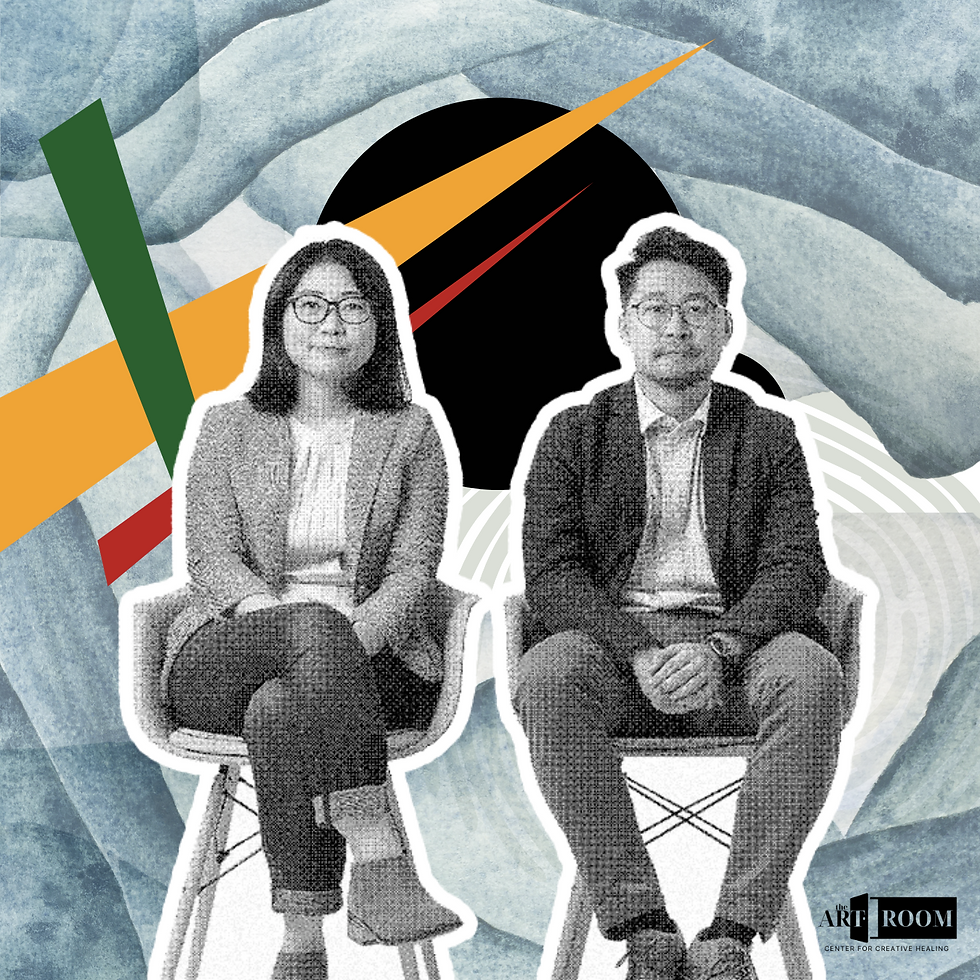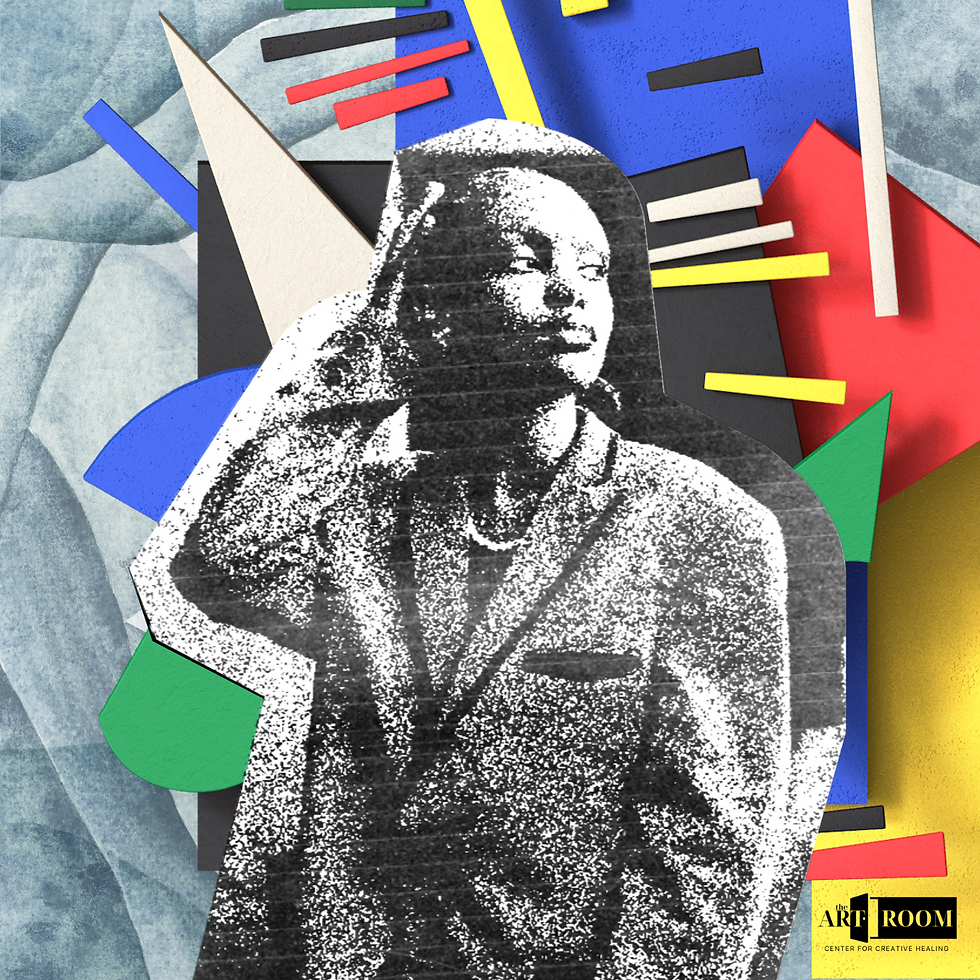Intersectional Identity: A Very Brief Introduction
- theartroomcch
- Nov 2, 2024
- 3 min read
The concept of intersectional identity has become increasingly essential in understanding the multifaceted nature of human experiences. This exploration delves into the intricate web of intersecting social categories that shape individuals—challenging us to look beyond simplified labels and embrace the richness of our diverse identities.

Pioneering scholar and writer on civil rights, critical race theory, Black feminist legal theory, and race, racism and the law, Kimberlé Williams Crenshaw is credited with coining the term "intersectionality" in 1989. Inspired by two civil court cases where Black women argued that they faced discrimination in the workplace based on both race and gender, Crenshaw's work aimed to describe how Black women both faced discrimination unique to them, and how policies and practices often ignored women of color. Crenshaw used the image of traffic at an intersection to describe the way a person may hold multiple identities that flow in different directions.
Intersectionality is a lens through which you can see where power comes and collides, where it interlocks and intersects. It’s not simply that there’s a race problem here, a gender problem here, and a class or LBGTQ problem there. Many times that framework erases what happens to people who are subject to all of these things. Kimberlé Crenshaw on Intersectionality, More than Two Decades Later
Embracing Diversity: The Art of Intersectionality

Intersectional identity recognizes that each person's identity is composed of various
intersecting factors such as race, gender, sexuality, class, and more. Just as a painting blends different colors to create a masterpiece, so do our multiple identities contribute to the intricacy of who we are. It's not just about being a woman or a person of color or a member of the LGBTQ+ community; it's about the unique blend of these identities and how they interact to shape our experiences in the world.
Unpacking Layers: Peeling Back the Facets of Identity
When we start peeling back the layers of our identities, we uncover a complex tapestry woven from our lived experiences, cultural backgrounds, and social contexts. Intersectionality urges us to acknowledge that a person's identity is not monolithic but rather a mosaic of different components that influence how they navigate the world; how they see themselves, how they must operate within our social systems, and how they are treated by others. By recognizing and validating these various facets, we can move beyond surface-level assumptions and embrace the richness of individual stories.

Challenging Stereotypes: Breaking Free from Confining Boxes
As members of this society, we have learned to attempt to fit individuals into neat, predefined boxes based on singular aspects of their identity. This pigeonholing not only oversimplifies the complexity of human experiences but also perpetuates harmful stereotypes and biases. Embracing intersectional identity means challenging these confining boxes and recognizing the multidimensionality of every person. It's about celebrating the beautiful tapestry of diversity that exists within each individual and fostering a culture of inclusivity and understanding. It is about listening, learning with openness and humility.
Embracing Intersectionality in Everyday Life

As we navigate the complexities of intersectional identity, it's essential to approach each interaction with empathy, openness, and a willingness to learn. By listening to and amplifying diverse voices, we create spaces where individuals feel seen, heard, and valued for their whole selves. Embracing intersectionality is not just a theoretical concept; it's a practical way of approaching the world with respect, compassion, and a genuine curiosity to learn from others. It invites us to celebrate the diversity that enriches our communities, workplaces, and social spaces. Let us continue to peel back the layers, challenge stereotypes, and celebrate the diverse tapestry of identities that make our world vibrant and enriching. May we remember that at the intersection of identities lies the beauty of diversity, the strength of unity, and the power of individual authenticity.






Comments